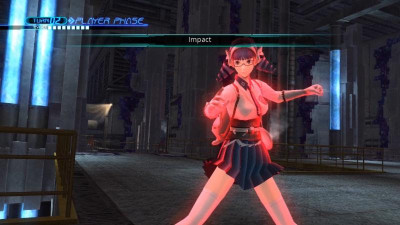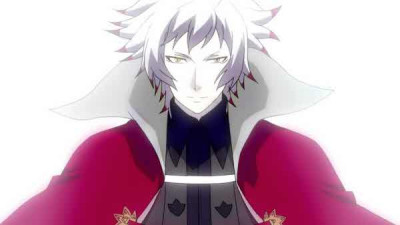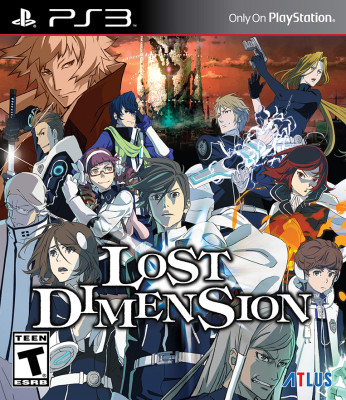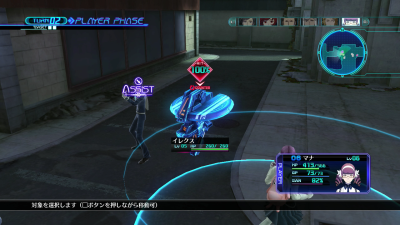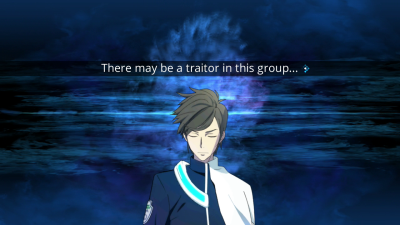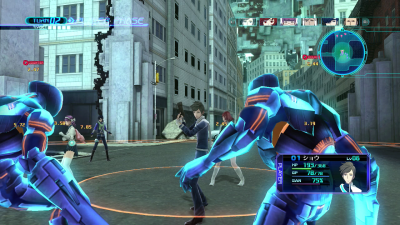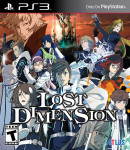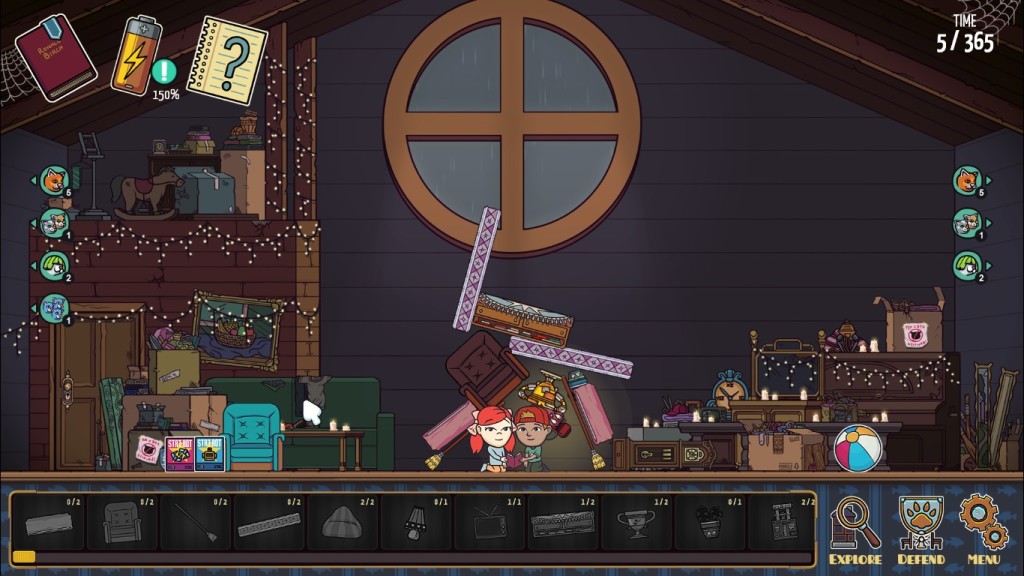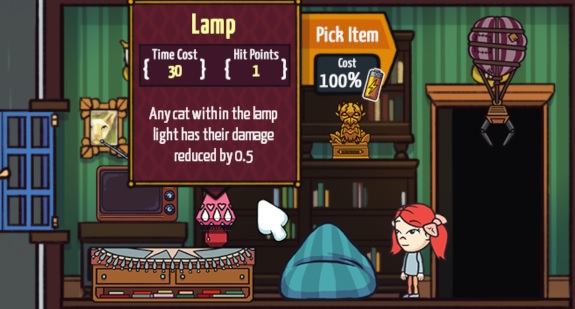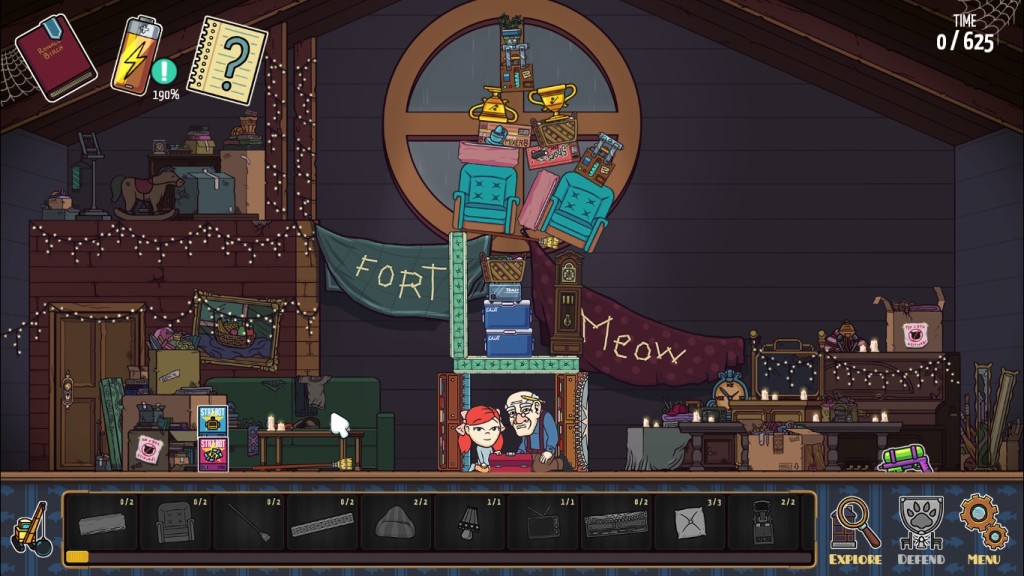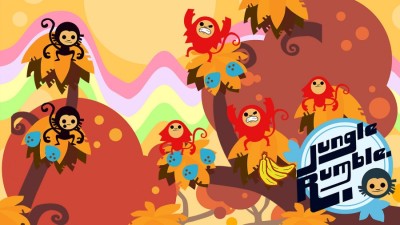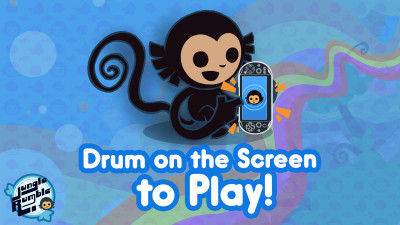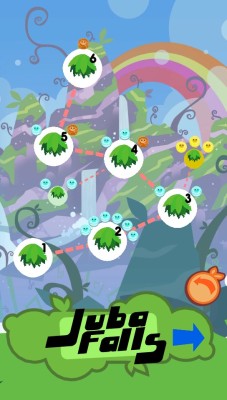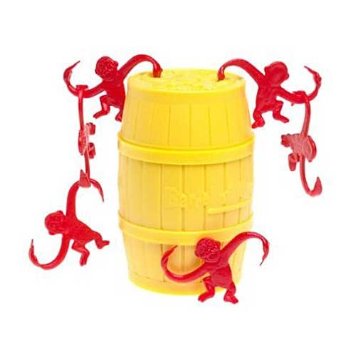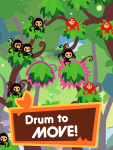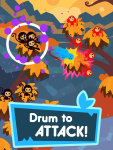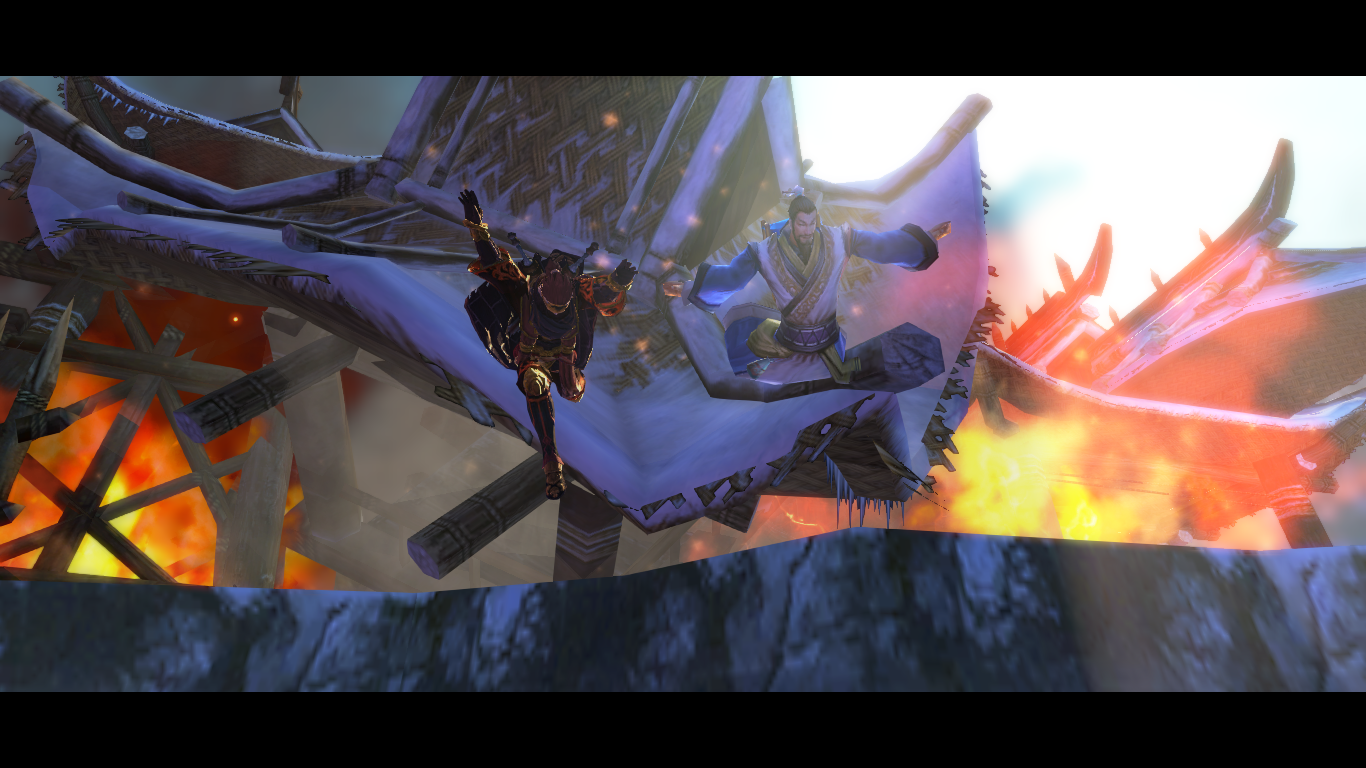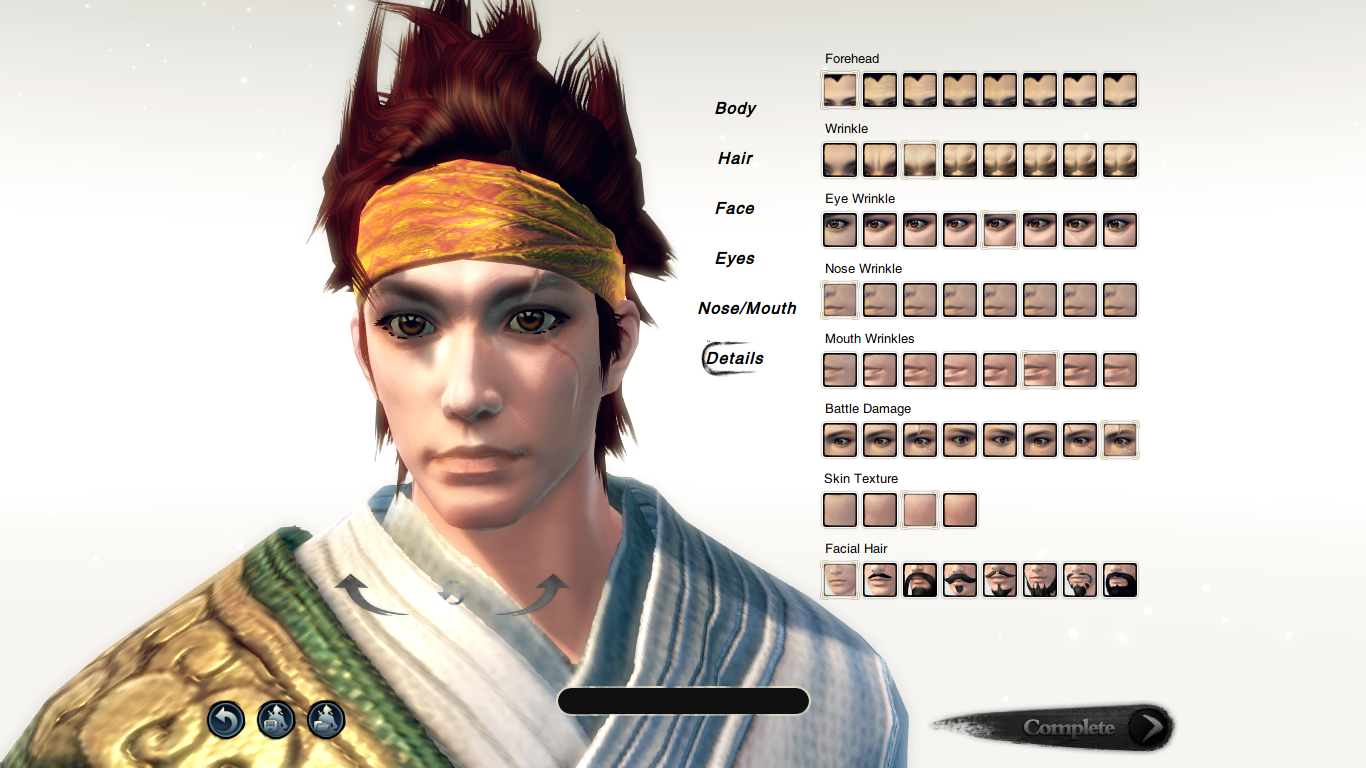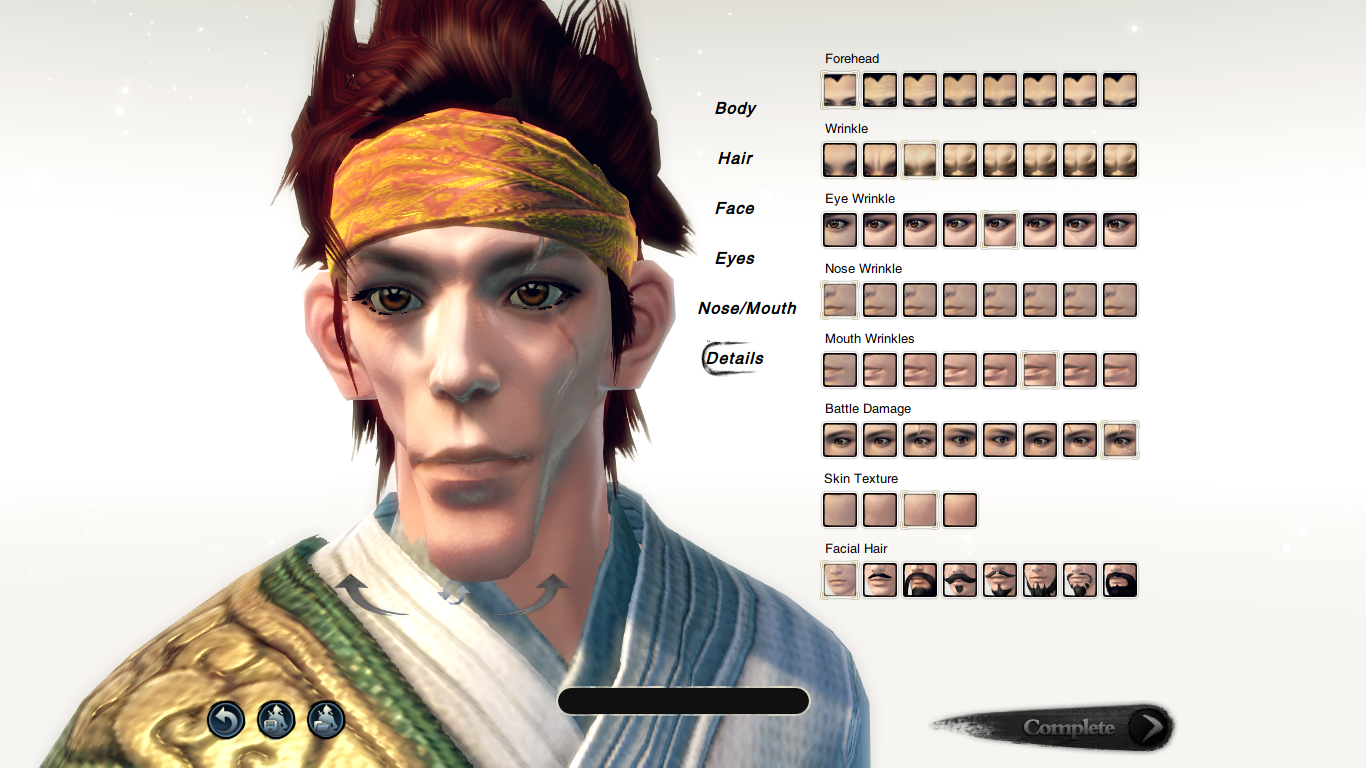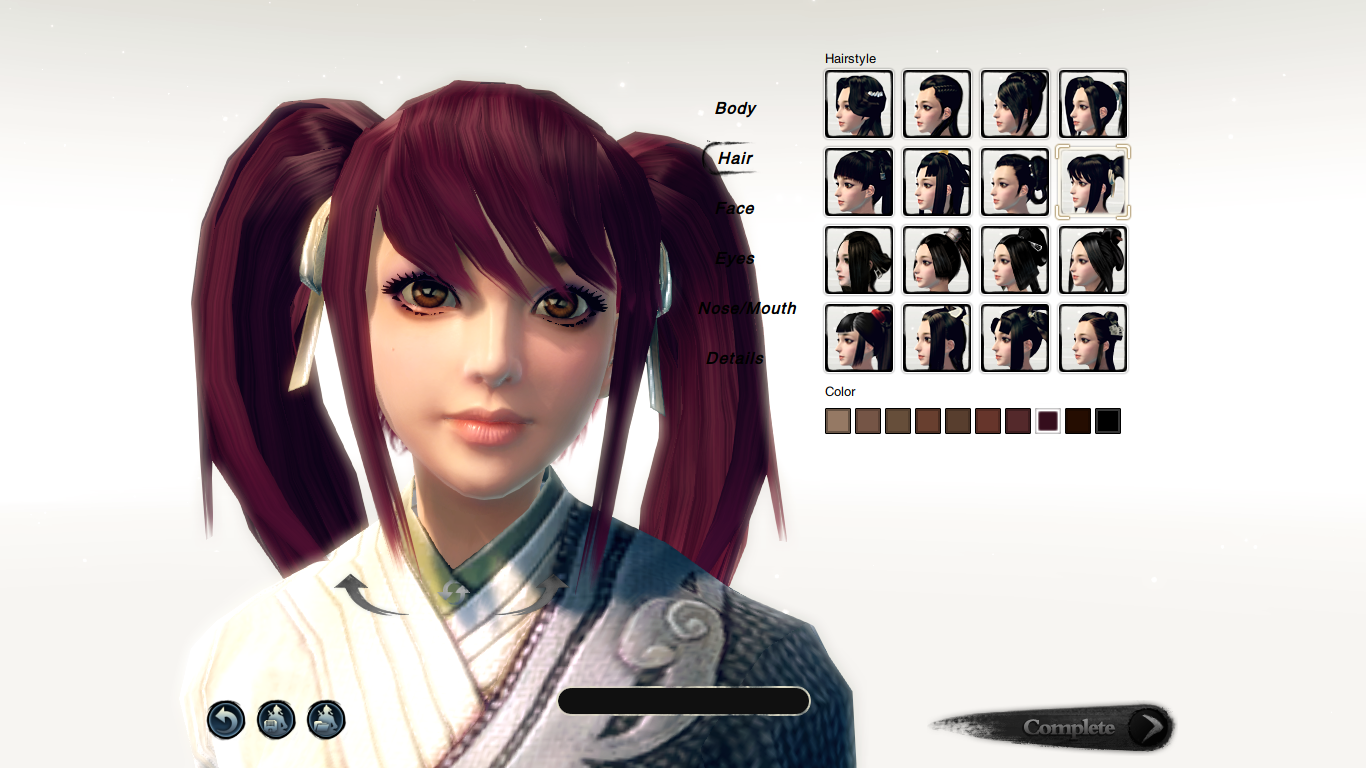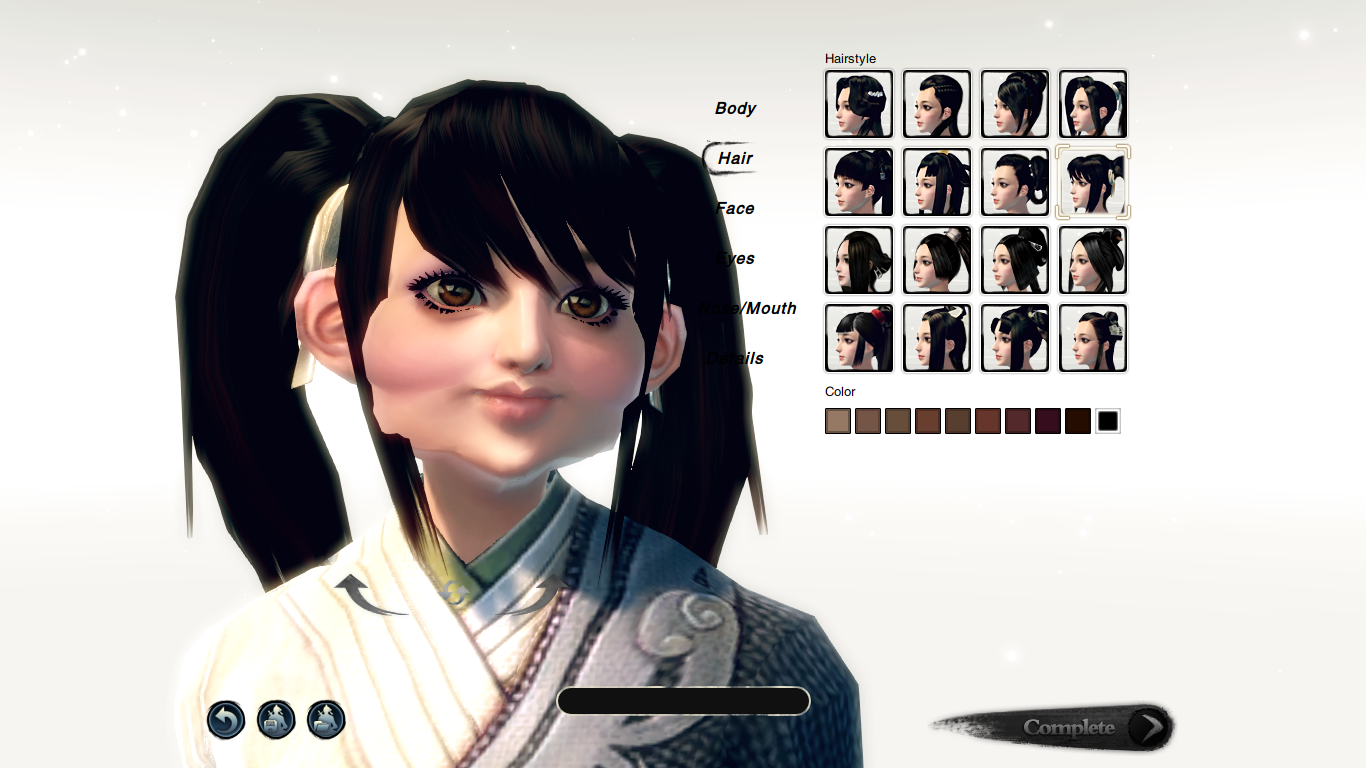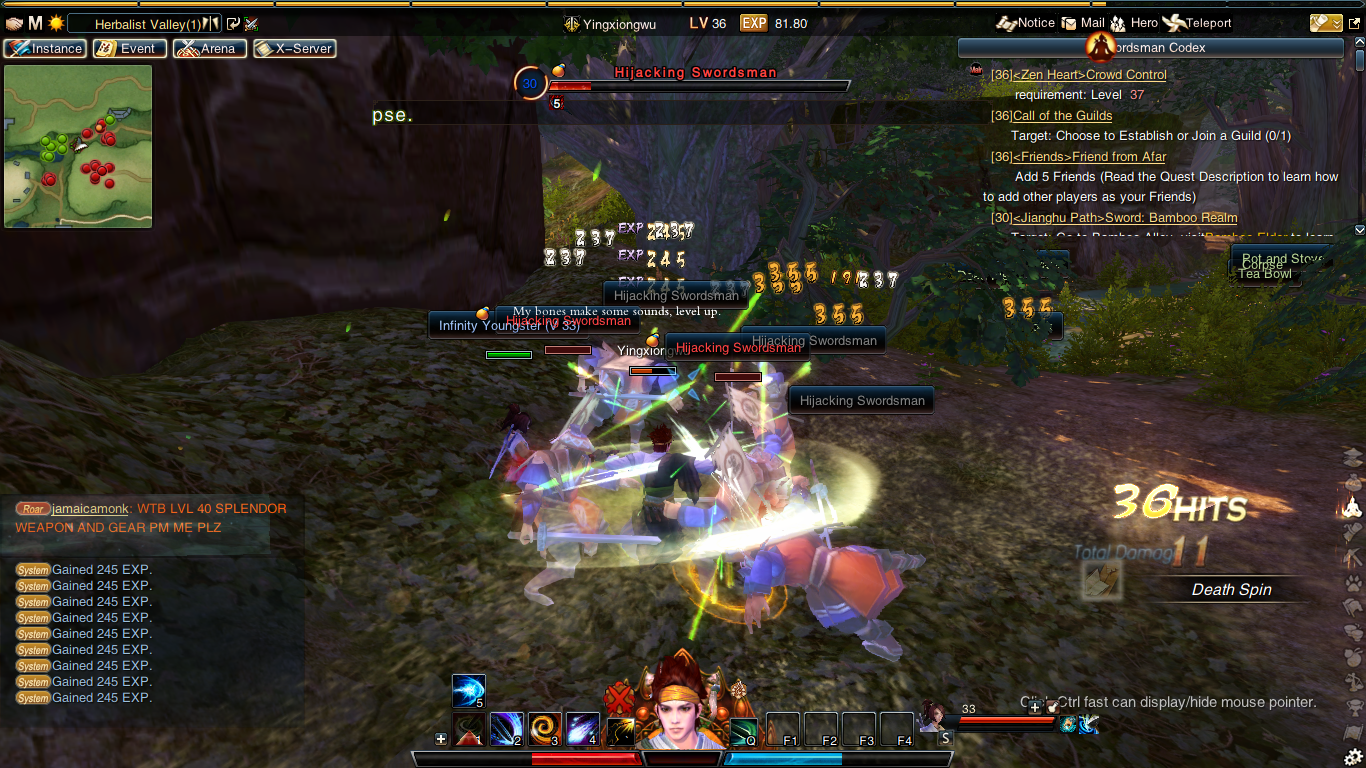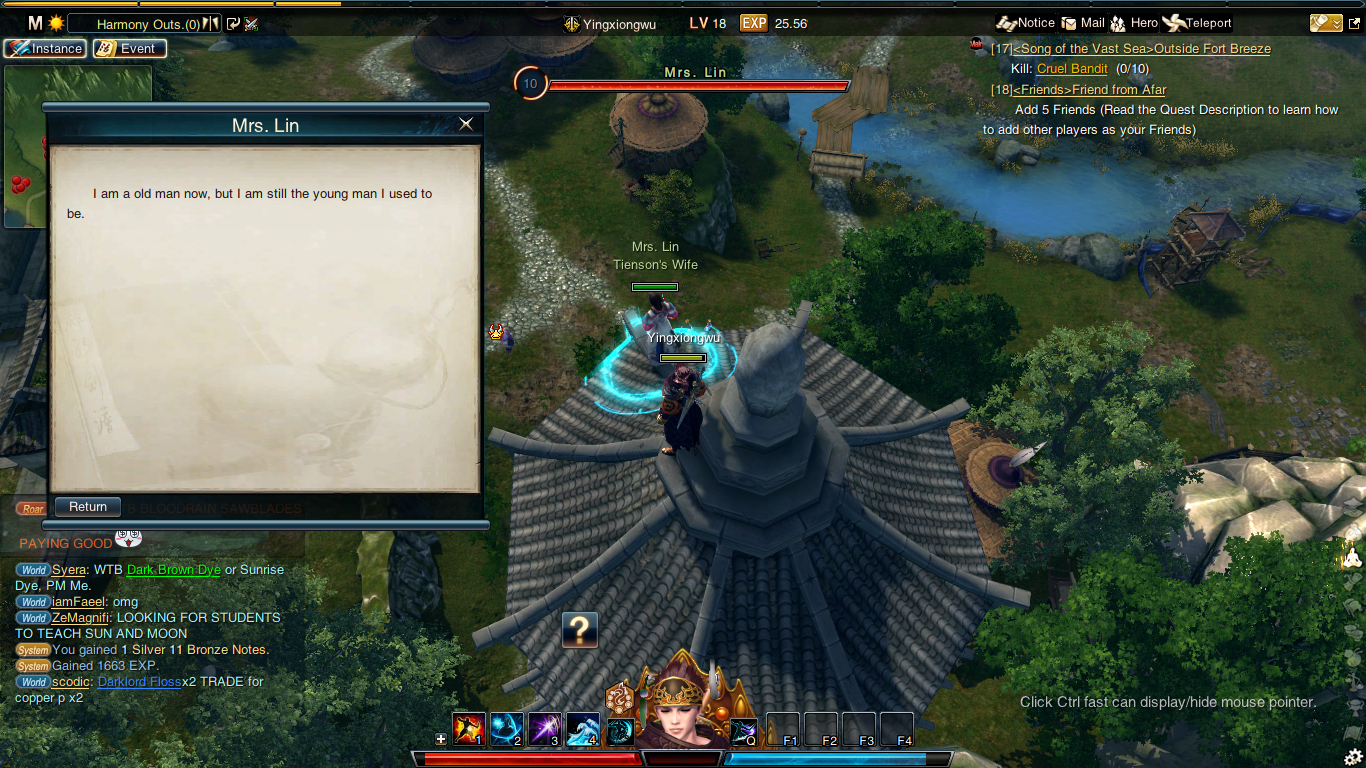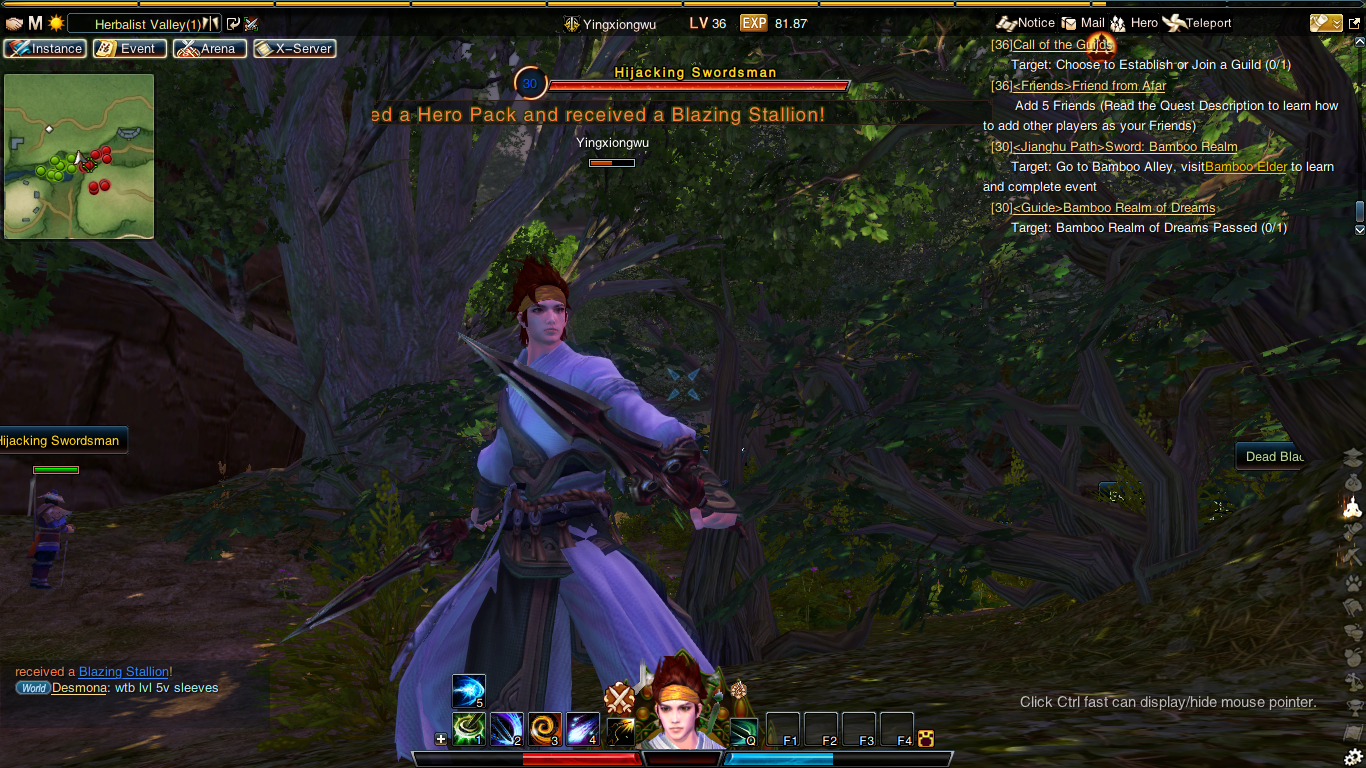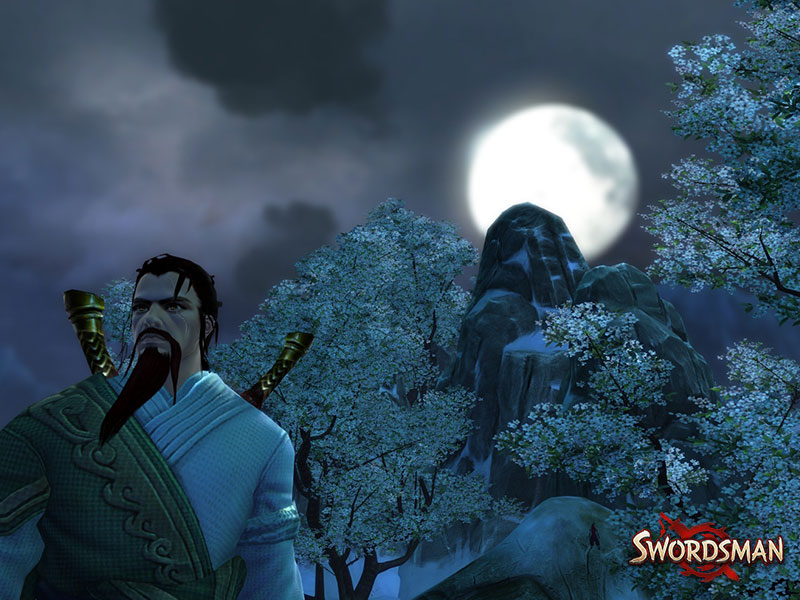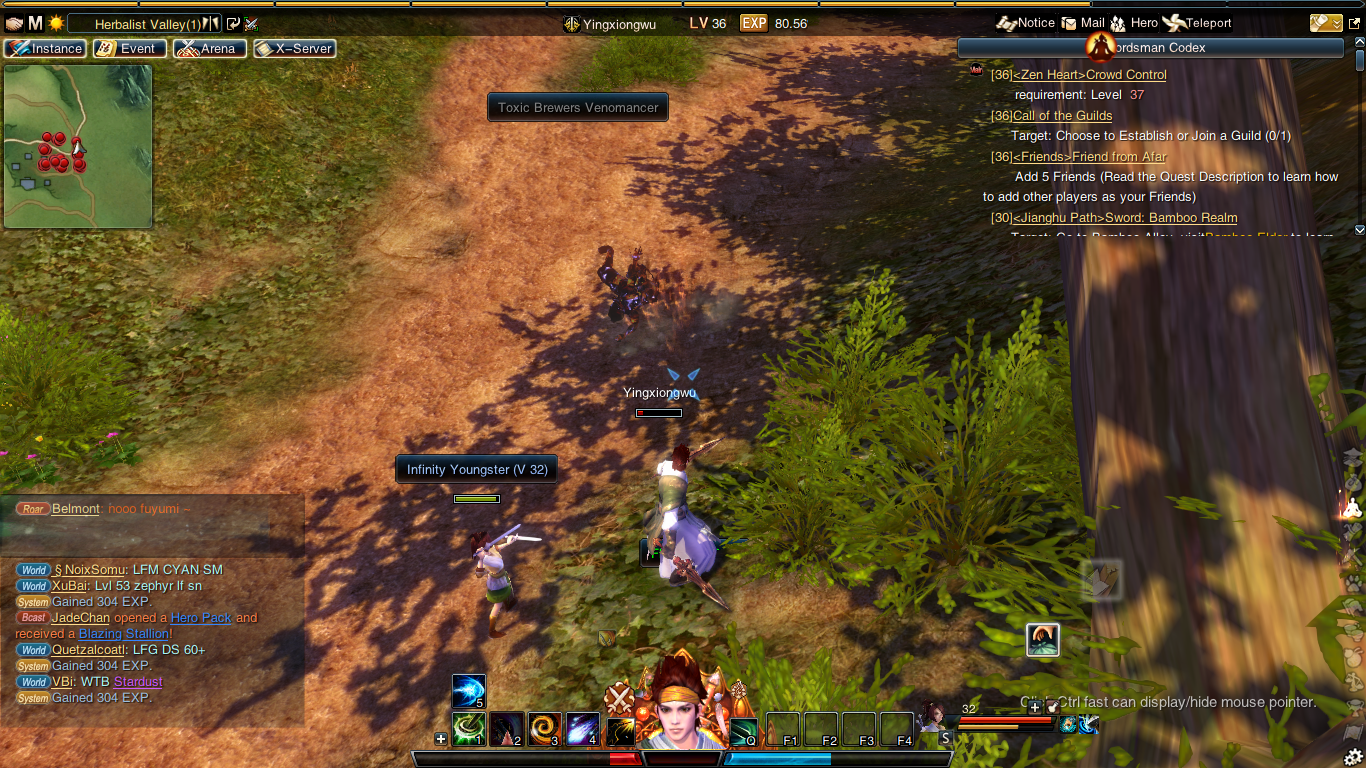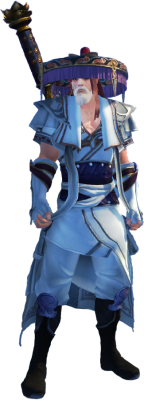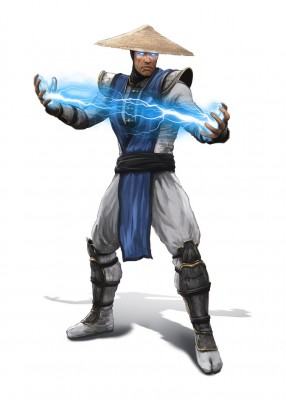Developer/Publisher: League of Geeks || Overall: 9.0/10
The Kingdom of Armello is in peril. The unifying King of the diverse clans has gone mad and peace is decaying into war. How to deal with the King and counteract the instability is the issue at hand as the fate of your home allegiance rests with you. This is the scenario that the tabletop card-based strategy game Armello presents.
A very appealing art style is the first thing I noticed. Armello is a beautiful game with charming characters and world-building card art that gives you glimpses into the society that exists in the Kingdom of Armello. In the fantasy setting, animals are the primary characters, representing races and clans that rally against one another in the impending breakdown of society. The main characters of the game are represented by (male and female) wolves, rats, rabbits, and bears, each with their unique buffs. The art of the cards you eventually begin to play with show other types of animals like badgers, weasels, dogs, and the like, with a lion being the king. A great amount of care is put into the art, and the animation each card has gives the game a lot of life. The Day and Night cycle of turns also makes the world feel lived-in. The soundtrack is very delightful and fits in perfectly with the game.
After a light and fun Prologue, you learn a bit about each of the major clans and the stake they have in the conflict. The Prologue primarily focuses on teaching you about fundamentals of the information you see on screen, most of which is actually very simple. Where the complexity enters is when all of the aspects integrate together.
There is a lot of terminology to learn, and how each individual thing affects you. Gold, Prestige, Magic, Rot, Wits, Body, Fight, Spirit, and Action Points are the primary values you’ll need to be aware of. Each of these are manipulated in a multitude of ways by yourself and enemies alike, and each are used for specific purposes. Most are used as resources to be able to play cards, while Fight, Spirit, and Rot give you dice to roll while attacking — each have multiple uses and can be very powerful depending on your overall goal.
You’ll draw cards that layer on to the complexity of Armello. Like many other card games, the order in which you play them matters a great deal. You can also burn cards you don’t want to use to assure certain dice rolls, and at the beginning of your next turn you can pull cards up to your maximum. Your maximum cards held is dictated by your Wits stat. An example of a card is spending three Magic to give yourself a +1 Action Point buff for two turns.
Starting from your Clan Grounds, you’ll move your hero across the board with objectives in mind. If you encounter a town, you’ll gain one Gold per turn as long as it is held under your banner. If you run across a Stone Circle, you will heal one Body (the health stat), while entering a Swamp removes one Body. Dungeons offer a chance to gain one of many possible rewards or spawns a Bane, which is a creature born of the Rot corruption plaguing Armello. Your overall objectives come in a few forms. A personalized objective, given as a quest, offers permanent buffs to your stats and a chance at obtaining a piece of equipment or another useful buff. Using the board to your advantage is required to be able to accomplish the game-winning objectives. Deaths will also occur over and over, and you’ll respawn at your Clan Grounds if you die or are killed.
To win the game, you are able to do a number of different things that everyone is competing for. A Prestige win is considered a political win; killing other Heroes gains one Prestige, as well as completing quests. At the end of a turn, the Prestige Leader gets to choose a King’s Declaration which is a per-turn decision that affects the game’s flow. As the Prestige Leader, you can choose the one that is most convenient to you or will help you keep your Prestige Leader status. Dying or killing the King’s Guard loses one Prestige, allowing others to catch up. The Prestige win is a long-game win, as you’ll have to wait until the King expires from the Rot, which is typically at most ten full turns. If any other objectives are completed before then, the Prestige win will be defeated.
Another way to win is by collecting Spirit Stones to hand over to the King to cure him of his Rot. You can also gain as much Rot as you can so you can defeat the King in battle and rule the lands yourself as a corrupted king. Gaining Rot can help you if you have more than your enemy, as during the attack phases you gain bonus dice to roll. However, Rot can lead to Corruption and with it come instant death on Stone Circle plots. As a result, you are unable to heal without using cards and Rot subtracts one health at the start of every turn if you have any.
A single game can last anywhere from 20 minutes to an hour depending on how slow plays are. Tactics will shift several times during the game depending on others’ progress. The game board’s setting always takes place at the foot of the King’s castle, and is shuffled at every new game, so the plots will be in different places each time. As of now, there is also a “winter theme” of the board where snow covers the entire board, and it seems like other themes could eventually be developed. While there are no alternate locations to play, they wouldn’t make much sense in the context of the existing story conflict unless something new were set up. They could easily expand on the game with more cards, and extra story to set up new maps would also be a nice addition. As you play the game you’ll unlock more pre-game perks which can customize your play style. Finding all of the cards (there are around 130) is also very satisfying as you try to complete your card gallery.
While the story of Armello is interesting and there is a lot of world-building, it isn’t very deep. The majority of the story comes in the Prologue you play to learn about the game, and whatever you can glean off of the quests. There isn’t really a resolution to the story other than the eventual ending of the King’s corruption, by death or otherwise. A single player mode is included in which you play with AI, but the game is clearly built for a multiplayer environment. An online mulitplayer mode is available that allows you to jump right in and play with other people, as well as a Ranked mode due to be released with free patch v1.1. An assortment of free and paid updates are planned for the game, so it will be interesting to see what comes about from the developers.
All in all, Armello is a diverse mash of several different objectives, quests, resources, and characters. Using all of it to your advantage and learning the order in which you should play certain cards is very important to completing the objectives you have at hand. People who enjoy tabletop board games will certainly enjoy this game and being able to play with their friends. Armello is available on Steam and PS4 at $19.99.
–
09/18/16 – The Usurpers Hero Pack (DLC) Review || Overall: Recommended
Released on August 30th, the Usurpers Pack DLC adds on four unique heroes into the Armello mix. There are also an assortment of new buffs that are available for selection before entering a new game. While new players may not necessarily understand the benefits the new heroes or buffs provide, know that it adds a new layer of strategy on top of the diversification of the hero roster. The main addition, of course are the heroes:
Magna – a shieldmaiden. My personal favorite of the four new heroes. Can reflect attacks.
Sargon – a “veil gazer.” The top card on the deck can be seen during draw card phase.
Ghor – Magic spent is more efficient on forest tiles, and can cast globally on any forest tile
Elyssia – Permanent fortification of settlements if a turn is ended on one. Good for taking a defensive approach against your enemies.
If you are an avid fan of Armello, it will be worth the entry price to enjoy these new heroes. On account that there are no new game modes in this DLC pack, there isn’t anything that will change your opinion of the game; in my view it is still a great time. All of the new characters fit right in with the others and while a couple are plainly a better choice to pick, any of the new heroes hold a viable path to victory.















































































































































